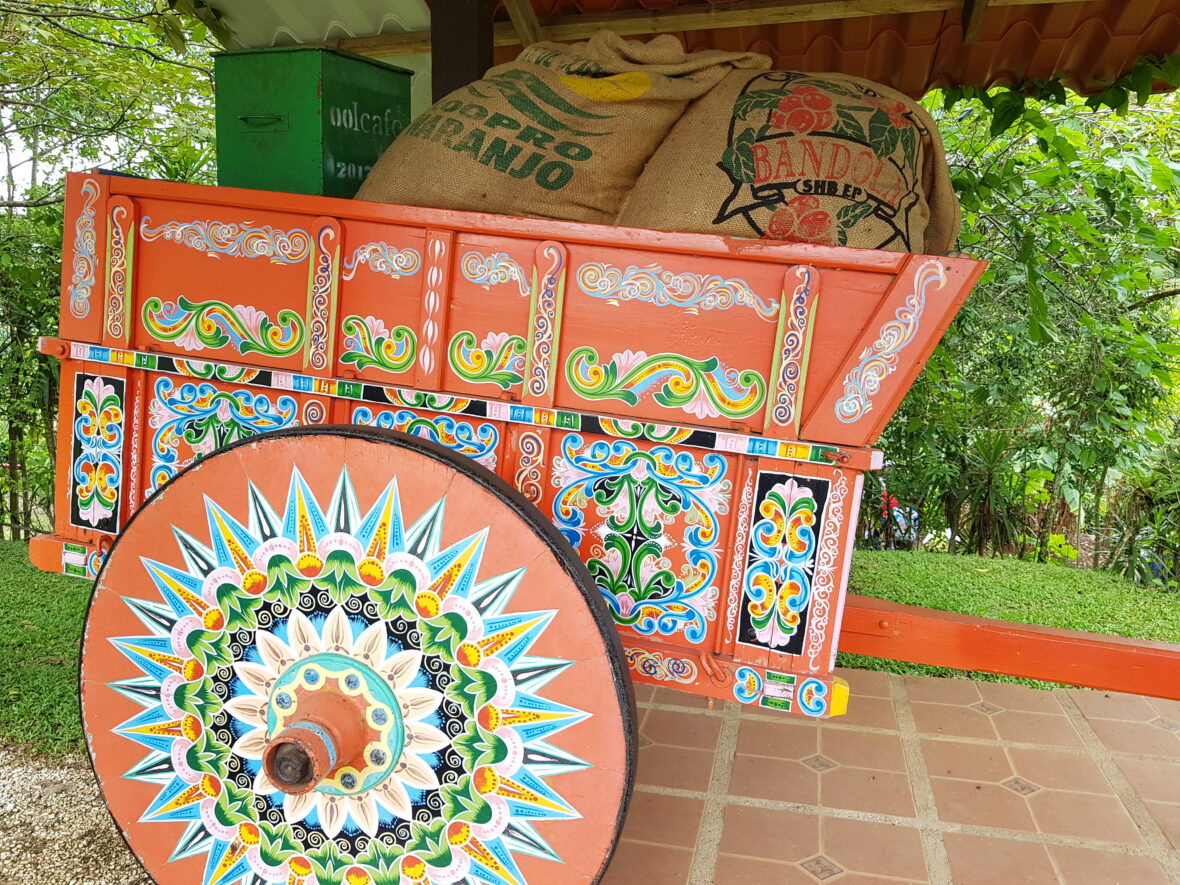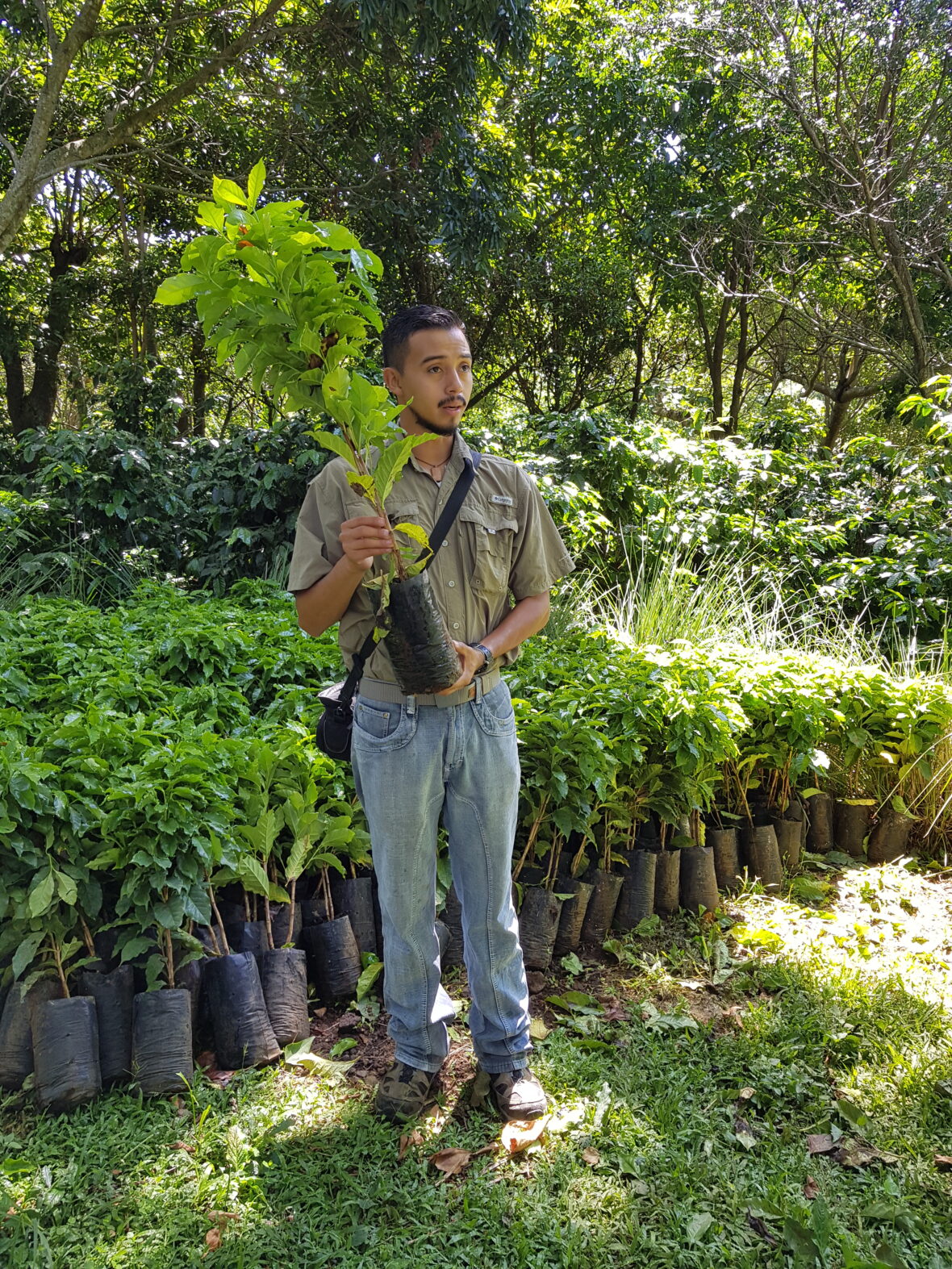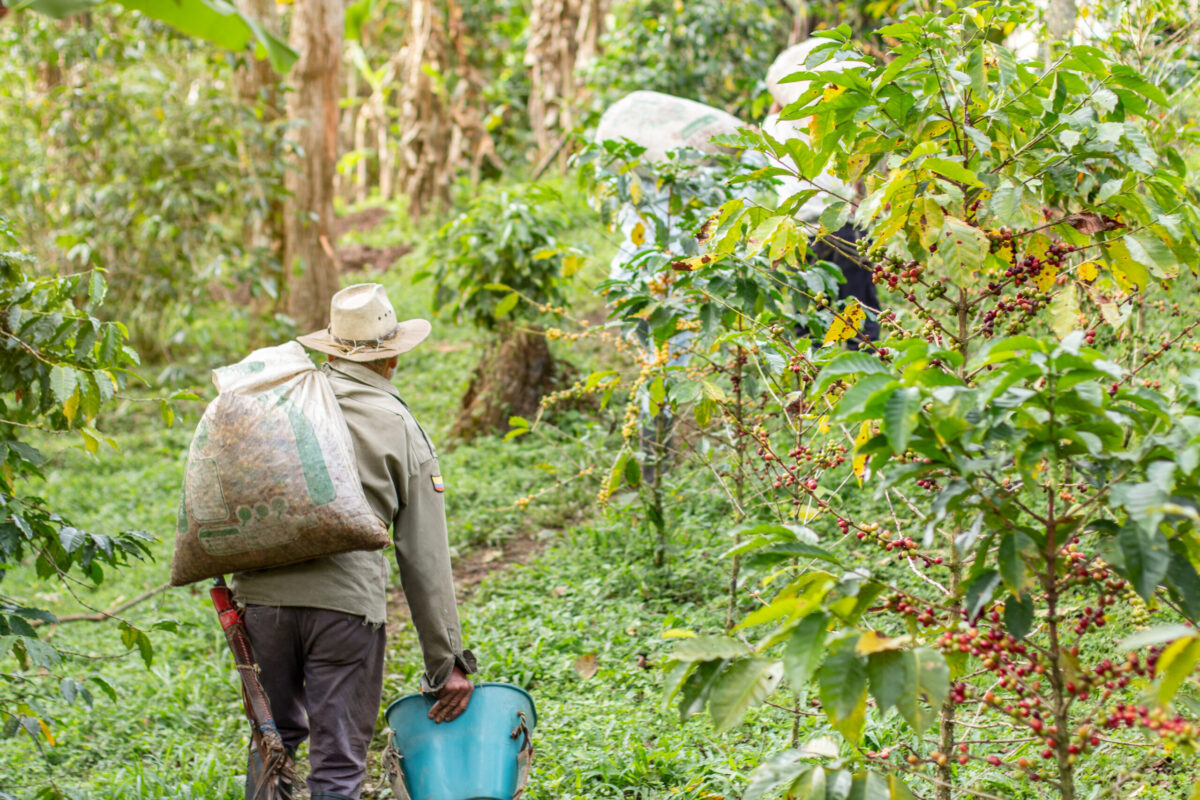Our next destination is beautiful Costa Rica, famous worldwide for its premium coffee. It's also nice to share that this was our most recent coffee trip. During this particular trip, we learned a lot not only about the rich history of coffee production, but also about the strong focus on quality and environmentally friendly practices that make this country so unique. The adventure began in the green hills of the Central Valley, where we had the opportunity to visit some of the best coffee plantations in the country.
History
Coffee was introduced to Costa Rica in the 18th century and quickly became one of the country's main exports. Coffee cultivation played a crucial role in Costa Rica's economic development, bringing prosperity to many regions. It also promoted the development of infrastructure and education, which in turn contributed to the overall progress of the country. It is fascinating to see how coffee has become the backbone of the Costa Rican, laying the foundation for many social and economic improvements.

Two of the plantations we visited are:
Café Rosa Blanca:
Café Rosa Blanca, a coffee plantation based in the central highlands, combines luxury with sustainability. Their coffee, known for its refined flavor profile with notes of chocolate and flowers, is produced with great respect for the environment. Ideal for foodies looking for a unique and eco-friendly coffee experience.
Café de Monteverde:
Located in the heart of the Monteverde Cloud Forest, Café de Monteverde offers a unique coffee experience. Here you will enjoy artisan coffee made from locally grown coffee beans, while surrounded by the imposing nature. Perfect for adventurers and nature lovers who want a taste of Costa Rican quality and authenticity.
Sustainability & tourism
Costa Rica is known for its sustainable coffee production. Many coffee farmers in Costa Rica have committed to environmentally friendly practices such as shade farming, organic farming and the use of renewable energy. These initiatives not only protect the environment, but also improve the quality of the coffee. Because of this commitment, Costa Rica is currently setting an example for other coffee-producing countries.
Costa Rica is a popular destination for coffee tourists. Visitors can visit various coffee plantations, participate in tours and learn about the coffee production process from bean to cup. Popular plantations such as Doka Estate and Hacienda Alsacia offer an in-depth look at Costa Rican coffee culture. These experiences give visitors a unique insight into the passion and craftsmanship behind each cup of coffee.

In short,
Costa Rica combines quality coffee with a strong focus on sustainability and tourism. This combination makes the country a prominent player in the world of coffee. Next time, we travel to Indonesia, a country with a mosaic of flavor profiles and a rich coffee culture.
Keep traveling with us and discover the diverse and enriching world of coffee!
Come to taste?
After reading this blog, are you curious about the unique flavors coffee brings? Stop by the CoffeeClick Experience Center and sample the different coffee blends.
Make a no-obligation appointment and experience CoffeeClick.

